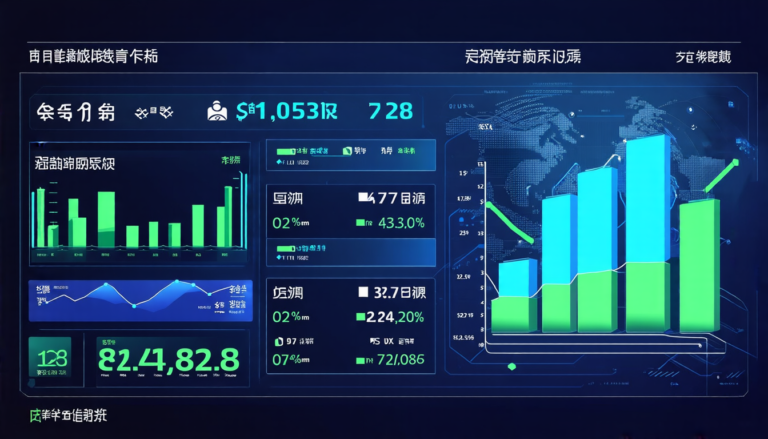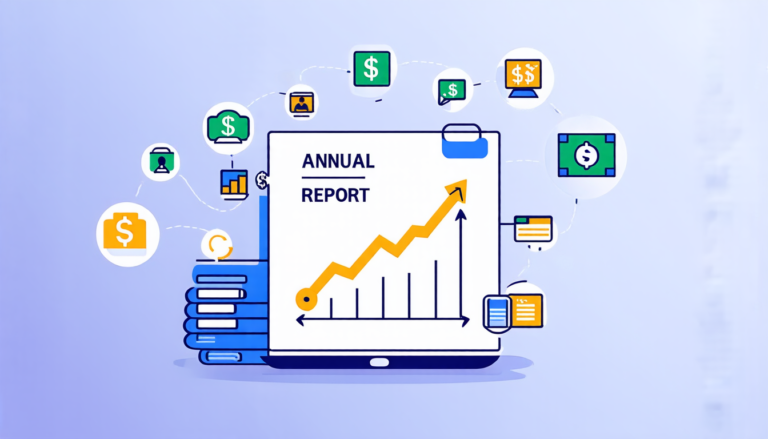Saturday 05 April 2025
The quest for accurate financial forecasting has long been a holy grail for economists and investors alike. For decades, researchers have struggled to develop models that can accurately predict stock market volatility, with limited success. Recently, a team of scientists made a significant breakthrough in this area, introducing a new class of path-dependent volatility (PDV) models that show remarkable promise.
The problem with traditional volatility forecasting models is that they often fail to capture the complex dynamics of financial markets. These models rely on simplistic assumptions about market behavior, such as the idea that past prices can be used to predict future volatility. However, real-world markets are inherently noisy and unpredictable, making it difficult for these models to accurately forecast future price movements.
The new PDV models, on the other hand, take a fundamentally different approach. Instead of relying on simplistic assumptions about market behavior, they incorporate a family of path-dependent volatility (PDV) models that capture the intricate relationships between past prices, current conditions, and expected future outcomes. These models are designed to learn from large datasets and adapt to changing market conditions over time.
To test the effectiveness of these new models, researchers used historical data from the Chinese stock market to compare their performance with traditional volatility forecasting models. The results were striking: the PDV models outperformed their competitors in terms of prediction accuracy, capturing complex market dynamics that traditional models struggled to grasp.
One of the key advantages of the PDV models is their ability to capture long-term memory effects, which are critical for understanding market behavior over extended periods. Unlike traditional models, which often ignore these effects or treat them as noise, the PDV models incorporate them explicitly, allowing for more accurate predictions of future price movements.
Another significant advantage of the PDV models is their ability to adapt to changing market conditions. By incorporating a family of PDV models that learn from large datasets and update themselves over time, researchers can develop more accurate forecasts even in the face of rapidly shifting market dynamics.
The implications of this breakthrough are far-reaching. For investors, it means having access to more accurate predictions about future stock prices, allowing for more informed investment decisions. For policymakers, it provides a powerful tool for monitoring and regulating financial markets, helping to mitigate the risk of catastrophic events such as market crashes.
While there is still much work to be done in refining these models, the results so far are nothing short of astonishing.
Cite this article: “Volatility Forecasting in Chinese Stock Market: A Comparative Study of Alternative Models”, The Science Archive, 2025.
Volatility, Forecasting, Financial Markets, Path-Dependent, Models, Stock Prices, Prediction Accuracy, Long-Term Memory Effects, Market Dynamics, Adaptation







